We don’t like thinking about death, with good reason. It’s scary and uncomfortable, but it happens to us all. Nothing lives forever. But the end of one living thing is the beginning of many others, or at least the middle. Heads up that post is on the macabre side.
Ecosystem Ed.: Deep Ocean
It’s time for another installment in the Ecosystem Ed. series! In each of these posts, I focus on a different type of ecosystem around the world and break it down to the basics: what, where, why, how, and who, along with some fun facts. This week, we’re focusing on the DEEP OCEAN, one of Earth’s least-understood and inaccessible ecosystems. (Heads up – this post is kind of a long one. I’m just really excited about the deep sea, okay?)
Hey There, Neighbor: Symbiosis
While I was writing last week’s frog blog, I came a cross a particularly interesting amphibian called the dotted humming frog, which is friendly with the burrowing tarantula. They have what’s called a symbiotic relationship. This week, we’ll break down the different types of symbiotic relationships, and look at some fascinating examples of each one.
Ecosystem Ed.: Wetlands
in an effort to draw attention back to the environments where these animals live, I’m starting a series of posts that focus on different types of ecosystems around the world! I’ll break down each type of ecosystem to the basics: what, where, why, how, and who, along with some fun facts. This week, we’re focusing on WETLANDS.
Do Photos Tell the Truth?
Animals over Ecosystems
A quick google search shows us that mammals and birds are by far the most common subjects in wildlife photography, particularly those that are considered beautiful or charismatic, and often “exotic” ... But there’s a lot more to nature than mammals and birds. The term “biodiversity” refers to all life in an ecosystem. That includes everything from ferns to foxes to fungi...
